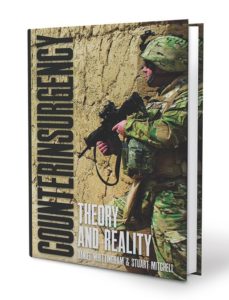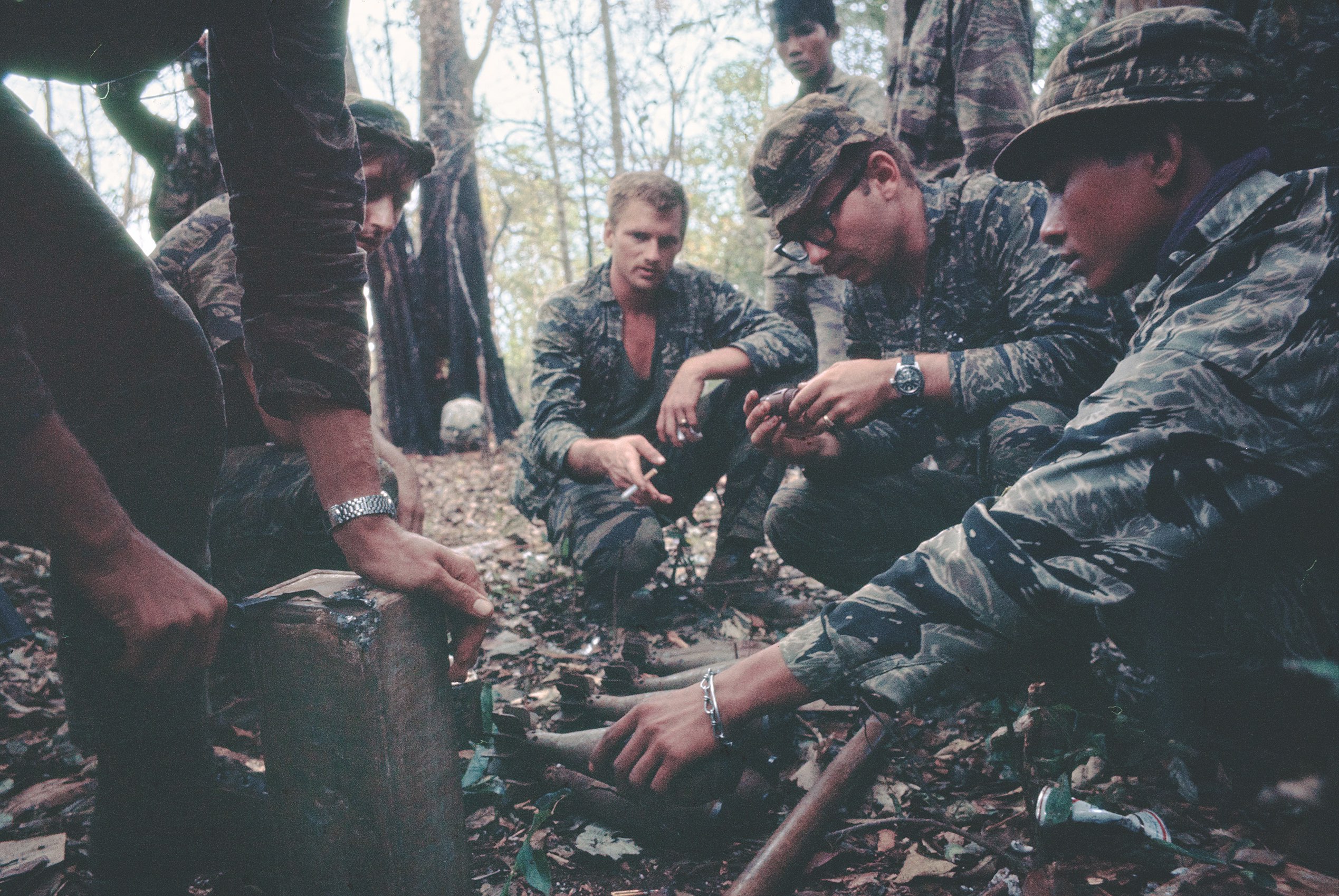As old as war itself, insurgencies—and corresponding counterinsurgencies—have emerged as the most common form of armed conflict in the modern age. Yet, many Western observers can scarcely explain what constitutes a counterinsurgency, much less how to conduct one. British scholars Daniel Whittingham and Stuart Mitchell examine that disconnect and the evolution of counterinsurgency doctrine and practice over the last two centuries in Counterinsurgency: Theory and Reality.
 Mindful of the inherent ambiguities with the term “counterinsurgency,” Whittingham and Mitchell begin by providing a concise definition. “Counterinsurgency is a violent intervention conducted to defeat an insurgency either locally, regionally, or internationally,” they write. “This may rely on a combination of political, military, legal, psychological, social, civic or economic means.” Counterinsurgents, moreover, are advised to consider the nature of the insurgency and the political motivations of the insurgents.
Mindful of the inherent ambiguities with the term “counterinsurgency,” Whittingham and Mitchell begin by providing a concise definition. “Counterinsurgency is a violent intervention conducted to defeat an insurgency either locally, regionally, or internationally,” they write. “This may rely on a combination of political, military, legal, psychological, social, civic or economic means.” Counterinsurgents, moreover, are advised to consider the nature of the insurgency and the political motivations of the insurgents.
By the early 1900s, Whittingham and Mitchell note, European armies had acquired considerable experience in colonial wars and the “pacification” of indigenous populations. From these conflicts and other “wars of empire,” the Europeans developed a set of basic counterinsurgency techniques, including the use of relocation camps, large-scale sweeps and repressive measures to enforce compliance. British doctrine eventually espoused close civil-military cooperation and, whenever possible, minimal force, an approach later adopted by American theorists.
Nevertheless, force and coercion figured prominently in the U.S. campaign in the Philippines (1899-1903) and the British response to the Irish War of Independence (1919-21), two of the more compelling case studies on the intellectual origins of counterinsurgency. More important, both reflect the book’s central theme—that counterinsurgency theories often obscure the brutal reality of counterinsurgency warfare. This was particularly true after Word War II as the French, British and Portuguese struggled to preserve their crumbling colonial empires. The conduct of British security forces in Kenya (1952-60), for instance, prompted a leading authority to call that period “the horror story of Britain’s empire in the 1950s.”
Similar in some respects to an anti-colonial conflict, the Vietnam War was arguably the first in which a global superpower fought alongside and on behalf of a “host” nation. Vietnam remains historically significant, the authors argue, because it is frequently cited as “an example of a failed campaign.” Critics maintain the war was unwinnable, and when the U.S. attempted to conduct counterinsurgency operations, the Army’s hidebound, narrow-minded officer corps botched the job. Much of the blame falls on Gen. William Westmoreland, head of Military Assistance Command, Vietnam. His detractors allege that he expressed little interest in counterinsurgency and instead waged a fruitless war of attrition predicated on body counts.
Whittingham and Mitchell present a more nuanced view of the war. Acknowledging that some scholars “judge everything the US did in Vietnam as a failure simply because [it] lost,” they correctly point out that Westmoreland faced a potent conventional threat as well as an entrenched insurgency. As the former MACV chief lamented, he could not simply ignore the enemy’s big units without inviting disaster.
Nor did the Army dismiss the importance of counterinsurgency. “The US put more into their counterinsurgency effort than is often realized,” the authors assert. “In the end, the US lost its war in Vietnam not because it failed to learn or to do ‘counterinsurgency properly’; instead, it lost in spite of its efforts to forge an effective strategy and not because that effort was lacking at all.” Rather, the U.S. lacked the ability to remake a politically fractured country in the midst of a bitter civil war.
Concluding with a thoughtful review of “modern counterinsurgency” in Iraq and Afghanistan, Counterinsurgency: Theory and Reality reminds us that historical context matters. What worked in the past may not necessarily work in the present—and even the most well-intentioned and enlightened counterinsurgency theories rely to a large extent on force and violence. V
This post contains affiliate links. If you buy something through our site, we might earn a commission.
This article appeared in the February 2022 issue of Vietnam magazine. For more stories from Vietnam magazine, subscribe and visit us on Facebook.





